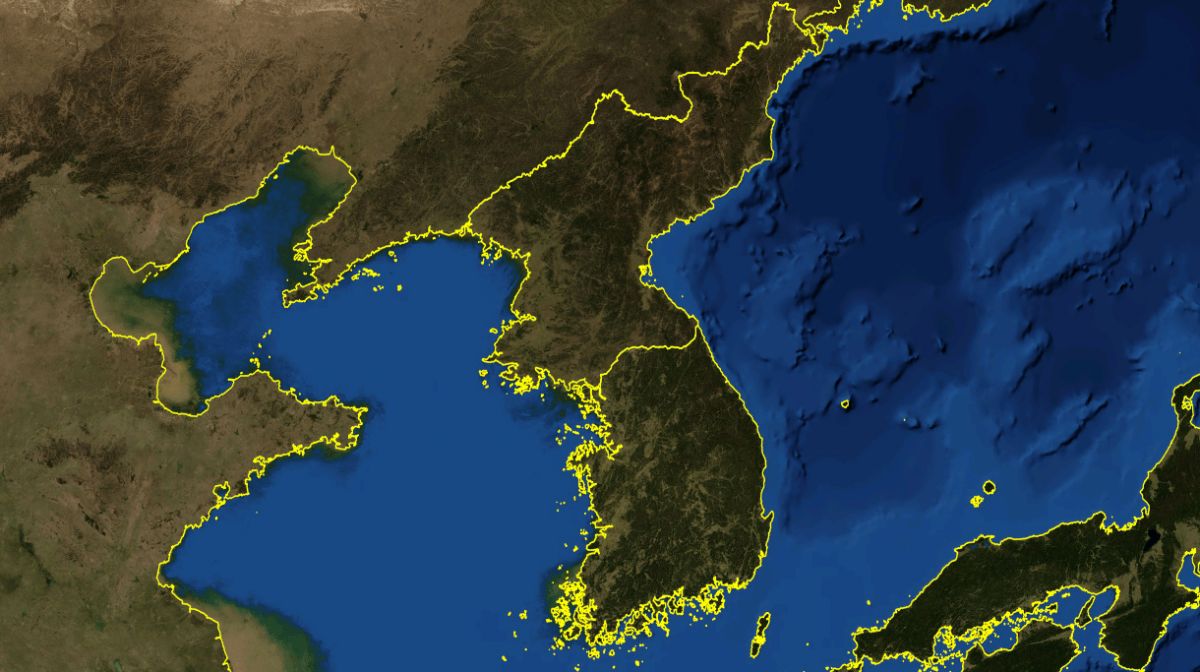The IALANA (International Association of Lawyers Against Nuclear Arms) wants to draw attention to the second round of the discussions on a nuclear weapons ban treaty in New York. The aim is to have a letter signed by lawyers that stresses the importance of such ban and urges states to participate and sign the treaty. The letter can be found and signed https://www.ialana.info/lawyers-letter/
LAWYERS’ LETTER ON THE ABOLITION OF NUCLEAR WEAPONS
Nuclear arms are the only weapons of mass effect and destruction not yet prohibited by an international convention, even though they are the most destructive and indiscriminate weapons ever created.
People are capable of good-faith, law-guided, problem solving at all levels of society: family, neighborhood, national, international. Cooperative global systems have been devised for the protection of human rights, protection of the environment and prevention of climate change, prohibition of specific weapons, and more. These skills must now be applied to the next obvious step: the prohibition and elimination of nuclear weapons.
As lawyers we underline that the abolition of nuclear arms is required by an international legal obligation set forth in Article VI of the Nuclear Non-Proliferation Treaty and embedded in United Nations practice going back to the very first General Assembly resolution, in 1946. The International Court of Justice unanimously concluded in 1996 that “there exists an obligation to pursue in good faith and bring to a conclusion negotiations leading to nuclear disarmament in all its aspects under strict and effective international control.” That obligation is unconditional and universal.
We also emphasize that the use of nuclear weapons is presently incompatible with international humanitarian law regulating the conduct of warfare. Above all, due to their uncontrollable blast, heat, fire, and radiation effects, nuclear weapons cannot meet the requirement of distinguishing between the civilian population and combatants and between civilian objects and military objectives. Indeed, the catastrophic consequences of use of nuclear weapons vastly exceed the ordinary boundaries of armed conflict and adversely impact populations in neutral states, the natural environment necessary to sustain human life, and future generations. The use of nuclear weapons accordingly also violates international human rights law, most centrally the right to life. If a use of force is illegal under the UN Charter or humanitarian law, the threat to use such force is also illegal. However, the nuclear-armed states refuse to acknowledge these patent legal truths; hence the need to codify the illegality of use and threatened use of nuclear arms in a global prohibition.
The Emergency Committee of Atomic Scientists, including Albert Einstein, warned in 1947: “Through the release of atomic energy, our generation has brought into the world the most revolutionary force since prehistoric man’s discovery of fire. This basic power of the universe cannot be fitted into the outmoded concept of narrow nationalisms.” Yet today we face this incendiary combination once again.
Faced with the ongoing and intensifying planetary danger and no longer willing to accept a two-tier world, this year about 130 countries have joined together at the United Nations to negotiate a treaty to prohibit nuclear weapons, leading to their elimination. The nuclear-armed states and their closest allies have refused to participate. Nonetheless, the nuclear ban treaty effort constitutes an important affirmation of the norms against nuclear weapons.
We call on all nations to participate in the negotiations and to join the treaty once adopted. It will be a major step towards negotiation of a comprehensive agreement on the achievement and permanent maintenance of a world free of nuclear arms.

